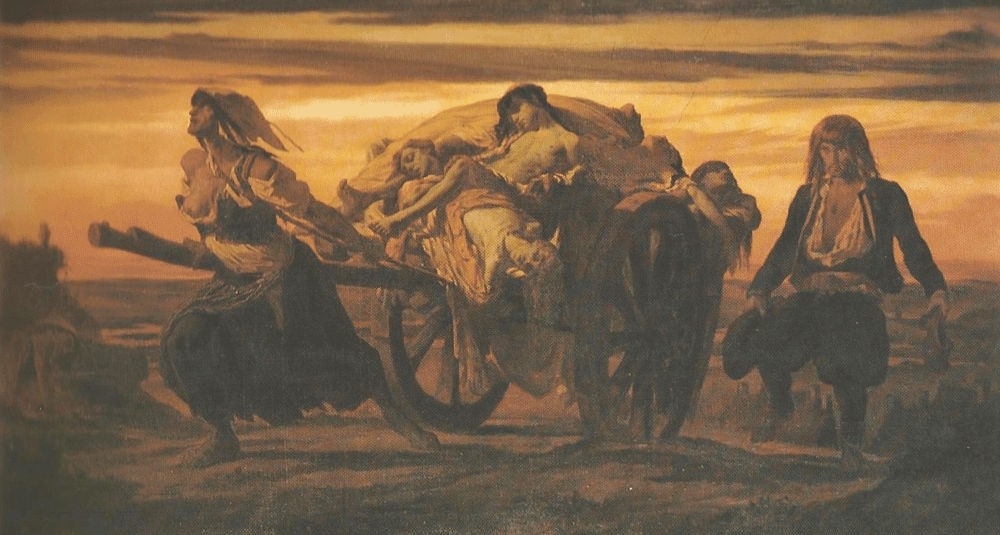What pandemic occurred in Europe from 1347 to 1352?
Last Updated:
The Black Death, also known as the Great Plague or the Black Death, is one of the most devastating pandemics in history. It swept across Europe from 1347 to 1352, killing between 25 and 30 million people – around a third of the European population at the time. The pandemic had far-reaching consequences, not only for the population, but also for the continent’s society, economy and culture.
The Black Death probably originated in Central Asia, where it was caused by the bacterium Yersinia pestis. The disease then spread via the Silk Road and trade between Asia and Europe. The first traces of plague in Europe date back to 1347, when Genoese ships from the Black Sea docked in Sicily, carrying not only goods, but also rats infested with fleas carrying the bacterium. From there, the disease spread rapidly throughout Europe.
The rapid spread of the Black Death can be explained in part by medieval living conditions. Cities were densely populated and often unsanitary, which favored the transmission of the disease. In addition, the lack of medical knowledge at the time and the absence of effective hygiene measures made it difficult to combat the epidemic.
The Black Death took three main forms: bubonic plague, septicemic plague and pneumonic plague. The most common form, bubonic plague, was characterized by the appearance of buboes, painful swellings of the lymph nodes. Infected people also suffered from high fever, intense pain and other severe symptoms. Septicemic plague directly infected the bloodstream, while pneumonic plague attacked the lungs and was transmitted by air, making the latter form particularly contagious and deadly.
The mortality rate of the Black Death was extremely high, reaching up to 50% for some forms of the disease. Doctors of the time were powerless to deal with the catastrophe. Treatments were ineffective, since the nature of the disease was unknown, and fleas and rats were its main vectors.
The Black Death had considerable social and economic repercussions in Europe. Due to the high mortality rate, entire villages were depopulated and towns saw their populations drop dramatically. This demographic decline led to a shortage of manpower, resulting in changes to economic and social structures.
In the countryside, feudal lords had difficulty finding workers to work their land. Survivors were often able to demand higher wages and better working conditions. This led to a weakening of the feudal system and an increase in peasant independence. At the same time, the Black Death stimulated social and economic reforms that gradually favored the emergence of a merchant class and the decline of feudal aristocracy.
In religious terms, the Black Death had a profound impact on the faith of Europeans. Many saw the pandemic as divine punishment for the sins of mankind. Religious processions, penances and attempts to redeem oneself in the eyes of God were commonplace. Confidence in the Church, however, was shaken by the ineffectiveness of these measures.
The Black Death also inspired artistic and cultural changes. Omnipresent, death became a recurring theme in art and literature, with macabre representations of death such as the Danse macabre or the Triumph of Death. This fascination with death reflects collective anxiety about human mortality.
The Black Death, which struck Europe between 1347 and 1352, had a profound impact on the continent’s history. This devastating pandemic not only decimated the population, but also transformed medieval society economically, socially and culturally. Its repercussions were felt for centuries, leaving an indelible imprint on Europe’s collective memory.
history

What pandemic occurred in Europe from 1347 to 1352?
Answer
The Black Death, a devastating pandemic, ravaged Europe from 1347 to 1352, causing millions of deaths and profoundly altering medieval society.